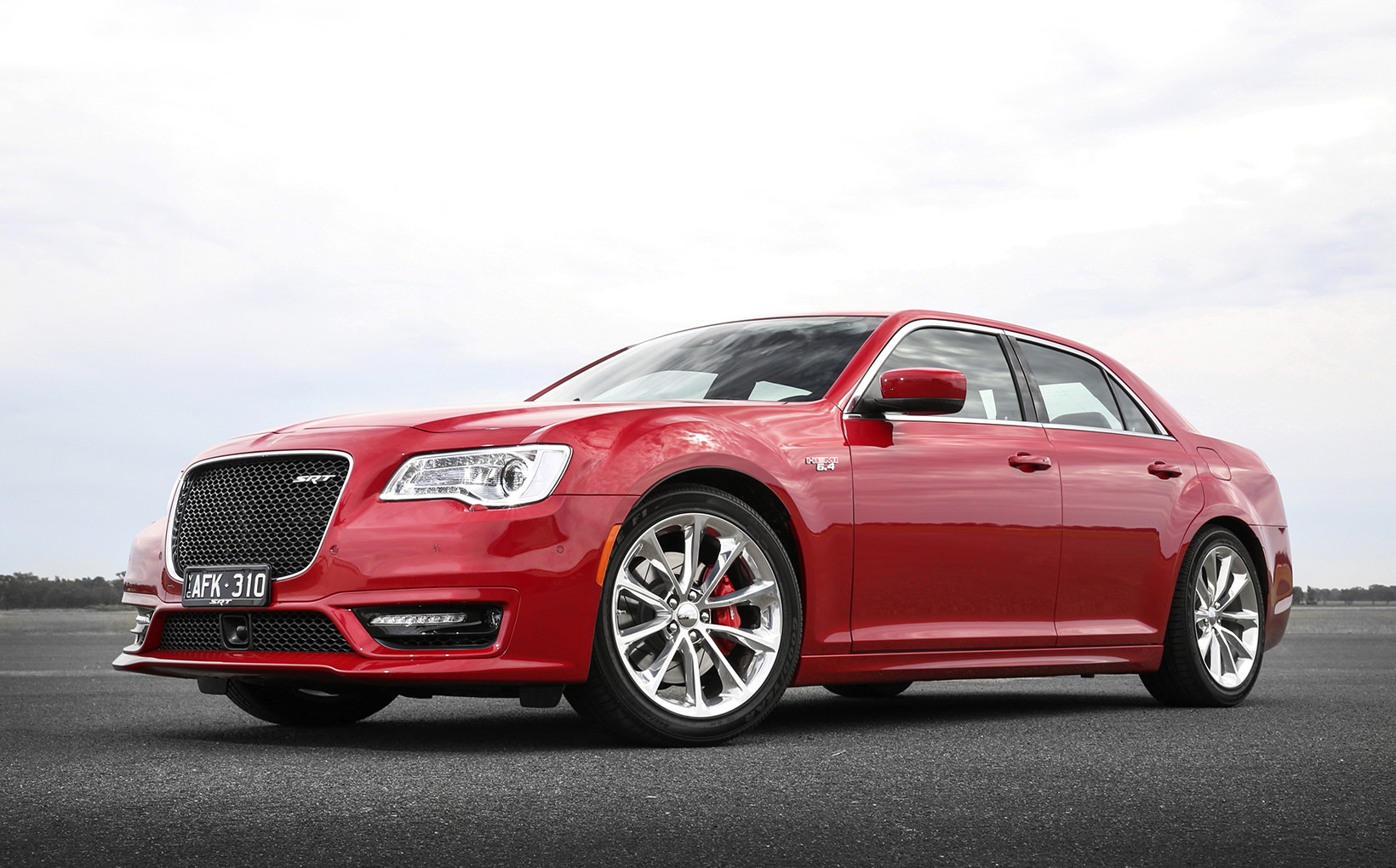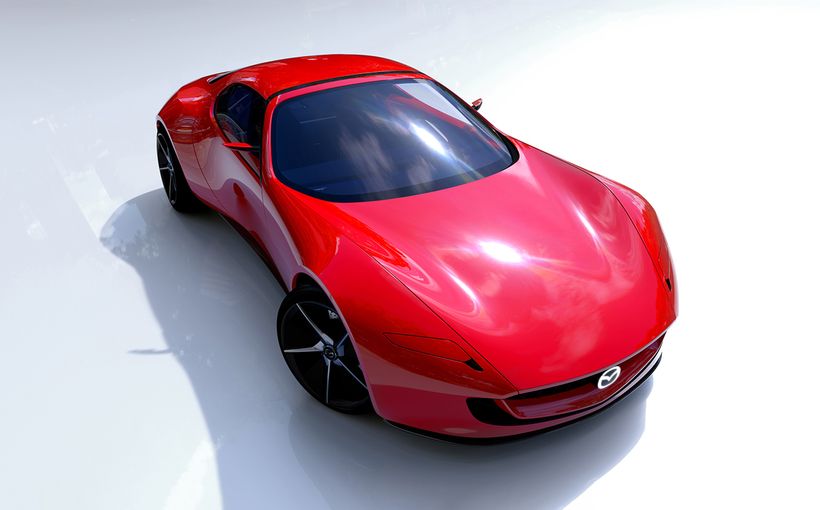Chrysler revives iconic Aussie muscle-car Pacer name for 300
CHRYSLER Australia has decided to ride the wave of Aussie muscle-car nostalgia by reviving a respected and revered nameplate for its long-lived 300 sedan.
Celebrating the semi-centennial of the first Valiant Pacer, the upcoming 300 Pacer is expected to carry on in the spirit of the original by offering affordable, accessible performance, without the overt aggressiveness of the SRT, which currently serves as the series flagship. That’s what we hope, anyway.

The head of Fiat Chrysler Automobiles (FCA) Australia, Steve Zanlunghi, did tell Shannons recently that the move to resurrect Pacer from the brand’s back catalogue is a sign to the ongoing support for the 300.
“Stay tuned for some news, because we’re looking to revive a storied nameplate here from our Australian heritage,” he said. “We’re going to do a variant for the 300 off our Australian history. You can go back and see who’s having their 50th anniversary. So, there’s a 50th anniversary (edition) Chrysler 300 coming.”

Slated for around October, the 300 Pacer presents a tantalising prospect for local Chrysler fans, but also raises a vexing dilemma of sorts for its maker – namely, will it be based on a variation of the regular six-cylinder to stay true to the Pacer heritage? Or, will the limited-edition 300 do the badge proud by evolving into its strongest-possible iteration by brandishing V8 power? Tricky, as purists will demand the former but pragmatists nowadays must understand that performance is paramount.
Both arguments are airtight. The first Pacer leveraged the superior inline six-cylinder performance and driveability of both the last of the so-called ‘Slant Six’ and the ‘Hemi’ engines that succeeded it… compared to what General Motors-Holden and Ford were offering at the time, anyway.

If the reborn Pacer were to go down that path, the existing engine is the unremarkable Pentastar double-overhead cam 24-valve V6, offered in Australia in its largest 3.6-litre configuration since 2011 in a number of models wearing the Chrysler, Dodge and Jeep livery.
In the existing 300 Luxury, it offers 210kW of power at 6350rpm and 340Nm of torque at 4300rpm. While by no means sluggish, its zero-to-100km/h sprint time of 7.7 seconds is unremarkable. That’s more than a second adrift of the 191kW/350Nm ZB Commodore Calais 2.0T front-driver! We cannot see FCA Australia going to the trouble and expense of engineering a more muscular version for the small volumes the Pacer would ultimately attract.

That’s why probably the more prudent move would be to base the 300 Pacer on the 300 SRT Core from $65,950 (plus on-road costs), given that the latter already comes with sufficient muscle in the form of a 6.4-litre Hemi pushrod V8.
Pumping out 350kW at 6150rpm and a heady 637Nm at 4250rpm, it propels the four-door rear-drive sedan to 100 clicks in just five seconds flat. That’s more like it.
Furthermore, Chrysler can rightly point out that while the 300 Pacer in this set-up is obviously not a six like the Valiant originals, the later Pacers did use a Hemi engine!

Competition? The 300 Pacer would have few real rivals, with the closest probably being the excellent Kia Stinger – a slinky rear-drive five-door sedan offering either a sweet-spinning 182kW/353Nm 2.0-litre four-pot turbo from $46K or a stonking 272kW/510Nm 3.3-litre twin-turbo V6 that kicks off from only $49K. In its lightest guise, the latter is capable of 0-100km/h in around 4.9s.
There’s also the 235kW/381Nm 3.6-litre V6 AWD Commodore VXR… and that’s it for big-capacity performance sedans. No wonder FCA Australia sees the opportunity to make hay.

Whichever way the cookie crumbles for Chrysler’s phoenix, Mr Zanlunghi did say the move is an opportunity for the 300 to fill a gap in the market as well in the hearts of many Australians left by the demise of the Australian-made Holden Commodore and Ford Falcon.
“We started talking about it one day because we own that space now due to Australian manufacturing going away – and we won the police contract – so thought about what can we do to grow it,” he said.
“We’ve got the Australian history, we have the Chrysler by Chrysler, we’ve got the Valiant and Pacer, the plant’s still there, and there’s a 50th anniversary, so we thought, ‘What could we do?’ And there are a lot of diehard Chrysler fans out there. We get a lot of emails we see when we post something on social media, there are a lot of positive comments, so why not?”

Mr Zanlunghi added that the future is still bright for affordable large rear-drive sedans from his point of view, as the evergreen 300 shows, that isn’t going to change any time soon. Even the police are getting into the act.
“Australia is the only E-segment mainstream sedan with a V8,” he explained. “There is no end date to announce. We won the police contract in New South Wales for pursuit vehicles, which are the 300 SRT Cores.”
The second-generation 300 of modern times to use the rear-drive LX platform, the ageing Chrysler is loosely based on Mercedes-Benz components, with the front end from a mid-2000s S-Class and the rear axle coming from the W212 E-Class. That’s a hangover from the days when the two brands were intertwined under the doomed DaimlerChrysler union.

As for the Valiant Pacer, to refresh memories, it was launched 50 years ago in 1969, as Chrysler Australia’s six-cylinder performance repost to mainly V8 opponents from Ford (Falcon GT) and Holden (Monaro). Of course, it featured the famous 225 cubic-inch (3.7-litre) ‘Slant Six’ inline six-cylinder engine, until the VG-series surfaced in May 1970 with the Hemi 245 cubic-inch (4.0-litre) unit.
For 1971’s larger VH Pacer redesign, that Hemi grew to 265 cubic inches (4.3 litres), making it the fastest Australian four-door sedan for nearly 20 years. Production ended in April 1973 with the VJ.
Protect your Chrysler. Call Shannons Insurance on 13 46 46 to get a quote today.










